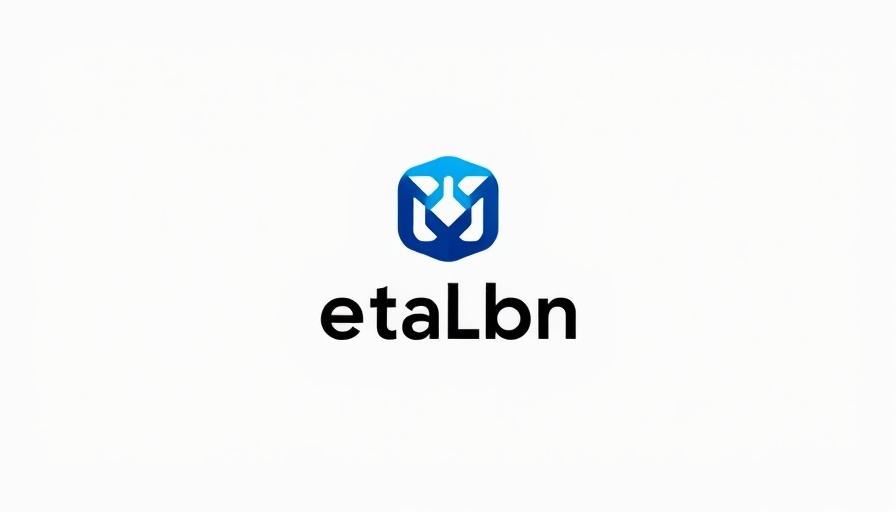
Understanding the Art of Social Listening
In today's digital landscape, the voice of the customer is more important than ever. Businesses that leverage social listening tools can gather valuable insights, improve customer engagement, and ultimately drive growth. Social listening isn’t just about monitoring brand mentions; it involves analyzing conversations to understand public perceptions, industry trends, and even competitor strategies.
The Value of Social Listening Tools for Business Growth
Every interaction on social media is an opportunity for businesses to learn. By utilizing social listening tools effectively, companies not only stay ahead of industry trends but also gain a deeper understanding of their audience’s needs and preferences. This insight can be pivotal in crafting tailored marketing strategies that resonate with target demographics. According to recent studies, brands that actively engage in social listening see a significant increase in customer satisfaction and brand loyalty.
Top Social Listening Tools to Explore
Finding the right social listening tool can be a game changer for your business. Here are some standout options:
- Hootsuite Insights: A powerful tool that aggregates data from various social media platforms, providing comprehensive analytics on audience engagement and sentiment.
- Brandwatch: This tool allows you to analyze conversations about your brand across the web, including news sites and blogs.
- Sprout Social: Offers robust monitoring features along with competitive analysis capabilities.
- Mention: A user-friendly platform designed for smaller businesses focused on real-time monitoring of brand mentions.
- BuzzSumo: Excellent for content discovery and tracking what types of content receive the most engagement in your industry.
Leveraging Insights to Drive Action
Utilizing social listening tools is just the first step; the real magic happens when you act on the insights gathered. After identifying patterns in consumer behavior or feedback, businesses should adjust their marketing efforts, innovate their product lines, or enhance customer service strategies. For instance, if data reveals that customers frequently raise concerns about response times, doubling down on customer service training could improve satisfaction rates dramatically.
Future Predictions: The Evolution of Social Listening
The realm of social listening is continuously evolving. As artificial intelligence and machine learning advance, expect social listening tools to offer even deeper insights. Predictive analytics will play a significant role, allowing businesses to anticipate customer needs and preferences before they are voiced publicly. This proactive approach not only enhances customer experience but solidifies brand loyalty.
Common Misconceptions About Social Listening
It's crucial to address some common misconceptions surrounding social listening. One prevalent myth is that social listening only applies to large enterprises. In reality, no matter the size of your business, harnessing social listening tools can create a competitive advantage. Additionally, some believe that social listening is purely about tracking negative comments. On the contrary, it’s about understanding the full spectrum of customer sentiment, allowing businesses to celebrate their wins and address shortcomings effectively.
Take Action with Social Listening: Your Next Steps
Every business owner should consider implementing social listening tools into their daily operations. Start by defining your objectives: Are you looking to enhance customer service, track brand sentiment, or analyze competitors? Choose a tool that aligns with your goals and start small—monitor key metrics and adjust your tactics as you learn from the data.
For effective implementation, involve your team in the process. Assign roles and responsibilities to ensure that insights gathered contribute to actionable strategies. Regularly review and analyze data to identify trends and adjust your strategies accordingly. The insights derived can guide your marketing, product development, and customer interaction efforts, driving growth and improving customer satisfaction.
 Add Row
Add Row  Add
Add 




Write A Comment